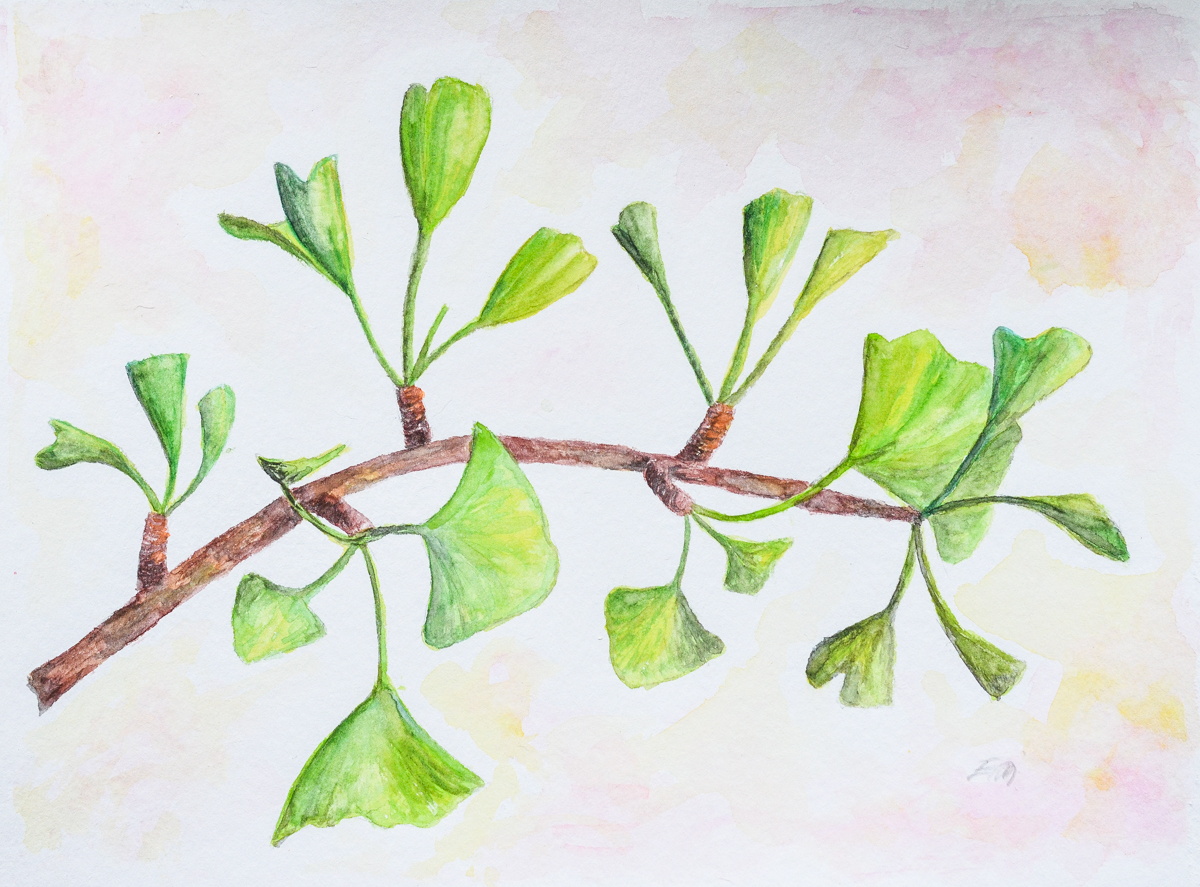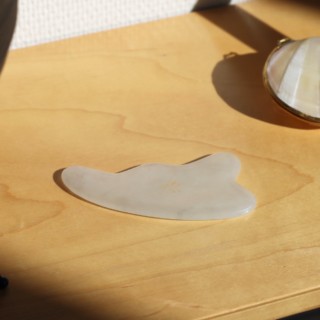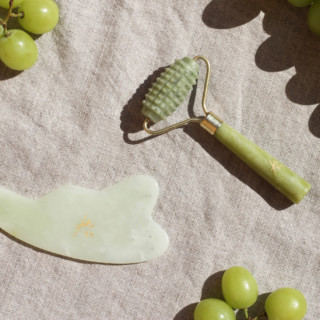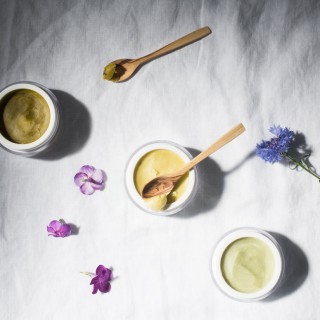This time around in our journey into the Intriguing world of raw ingredients we will step 270 million years back, into the time when dinosaurs were still roaming the earth. We are looking at the worl´s oldest tree, Ginkgo Biloba which is also called the maidenhair tree, the silver apricot tree, the tree of youth and the temple tree.
The history of Ginkgo Biloba
Ginkgo Biloba can grow to over 40 meters in height and be over a thousand years old. The name Maidenhair Tree comes from it´s fan shaped leaves that gently sway like the maidens hair in the breeze. In ancient China the seeds of this holy tree were used for medicinal purposes for treating asthma, baldder issues, to enhance digestion and as a cough medicine since 2500 bc.
The name “ginkgo” derives from the Japanese word “ginkyo” meaning a silver apricot (gin=silver, kyo=apricot). It refers to Ginkgo Biloba´s silvery flowers and the seeds, when ripened resemble small apricots, Biloba means two sheeted which comes from it´s fan shaped split leaves.
Ginkgo Biloba grows naturally only in the Far East nowadays. It disappeared from North America some 7 million years ago and from Europe about 2,5 million years ago. The tree was thought to be extinct until the German botanist Engelbert Kaempfer found it in Japan in 1691. In China it had survived constant where it grew in the gardens of monasteries and palaces. From China the seeds were carried on to Japan and Korea.
The seeds of Ginkgo Biloba travelled to Europe with botanist Kaempfer in the beginning of the 1700´s. Quite a tale of the tree´s tenacity is the fact that six Ginkgo Biloba trees were among the few living things that survived the Hiroshima atom bomb explosion. For this reason it is also called the tree of hope.
The use and effects of Ginkgo Biloba
Ginkgo Biloba is the first known phyto therapeutic substance that western medicine took interest in. It´s leaves have 40 different phytochemicals like flavonoids, diterpenes, sterols, and unique to it´s species, gingko biflavones, gingkolides and bilobalides.
The extract made of the leaves has several active effects on the skin. It enhances microcirculation, revitalises, rids of waste products and bloating and moisturises and protects the skin as an antioxidant. It helps in protecting the skin from wrinkles, sagging, chloasma and sun damage. The leaf extract would actually be a great additional ingredient in natural sun screens. Ginkgo Biloba has inflammation reducing properties and hence is a great raw ingredient in treating eczema, rosacea and acne. It also aids in maintaining skins collagen production and retains skins elasticity and firmness. Ginkgo Biloba is also antibacterial.
Ginkgo Biloba prevents many signs of ageing both externally and internally and thus it´s name Tree of Youth is pretty spot on. In Germany the use of Ginkgo Biloba is admitted in treating dementia, glaucoma, elderly vertigo and tinnitus.
Products containing Ginkgo Biloba
Ginkgo Biloba is a fairly rare find in cosmetics products at the moment which I am quite amazed about taking in account the trees history, it´s raw ingredients and it´s strong antioxidant properties. For this reason it was one of the most important active raw ingredients in designing the Supermood Babyface Mask The mask works as a Cinderella mask for all skin types. It nourishes and firms ageing skin, moisturises, cools, calms and brightens the skin. It is a great product to use after an AHA acid peel.
Iroisie Instant Beauty Mask also contains Ginkgo Biloba extract. The mask is a refreshing apple green gel which brightens dull skin, revives micro circulation and cleanses the pores. Due to it´s cooling and calming effect it suits very sensitive skin types and is great for example in treating rosacea skin.
Have you found cosmetics products containing Ginkgo Biloba?
Illustration Essi Markku
Sources:
Una Nuotio: Kerro, kerro kuvastin
Translated by Mariko Pajalahti















